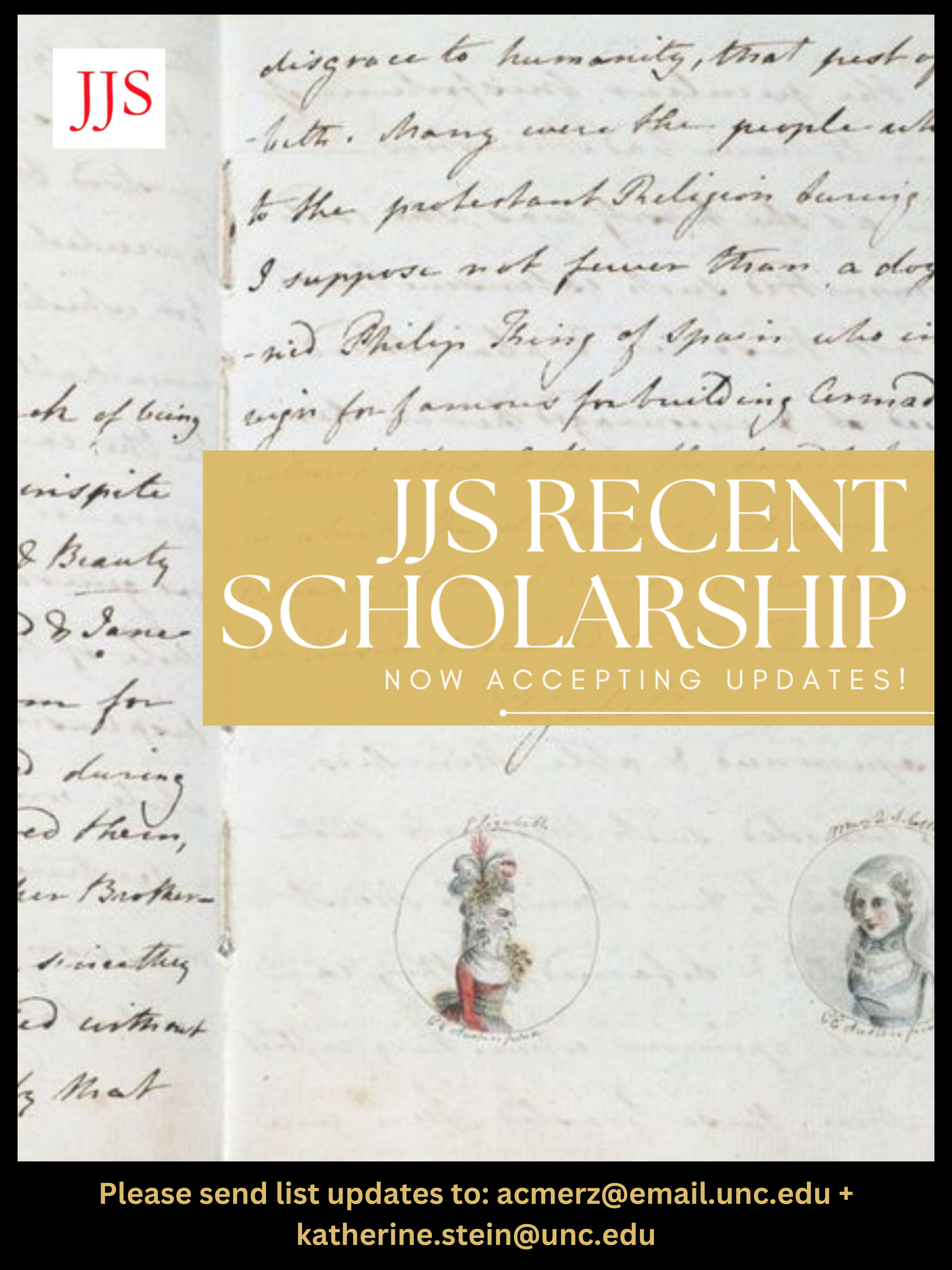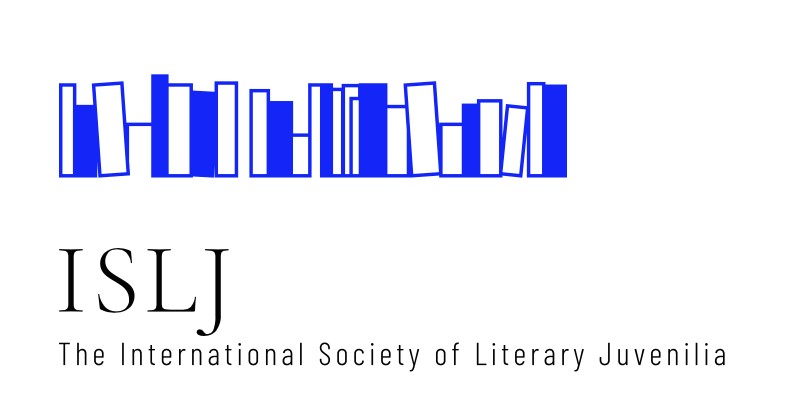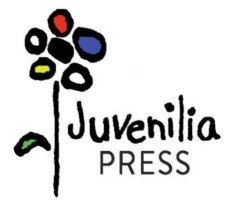Young England: Part One
DOI:
https://doi.org/10.29173/jjs33Keywords:
Romantic literature, Victorian literature, Young England, juvenilia, juvenile writingAbstract
“Young England: Part One” pursues central questions for juvenilia studies: how did the turn-of-the-century juvenile tradition influence succeeding generations of Victorian writers, and what new questions does scholarly understanding of juvenile writing in Britain allow literary critics to ask now? The Romantic-era juvenile tradition gets reconstituted through its influence on the 1840s Tory splinter movement, Young England. I argue that this contradictory, conservative group of titled young writers paradoxically reveals how the marginalized juvenile tradition calls its writers into being—and asks us to revise our ideas of literary traditions and of history in general. The young Romantics Byron and Shelley symbolized youthful writing to Young Englanders, but so did another lesser-known juvenile writer, Percy Smythe, Sixth Lord Strangford. That Strangford was father to a prominent Young Englander: George Smythe, later Seventh Lord Strangford. In recovering both Strangfords’ literary juvenilia, Part One considers the rethinking of genealogy and succession within writing by young authors—arguing it underlies Young England as youth movement, especially its sense of history as ultimately inaccessible but vital nonetheless in its construction. Part Two (JJS 3.2, June 2020) will look more closely at how Young England’s shaping fantasy of history depends on youth. It focuses on the self-fashioning within its contradictions of one-time juvenile writer and Young England’s mentor, Benjamin Disraeli (later Prime Minister and Earl of Beaconsfield)—contradictions employing signifiers of youth that were generative of his virtuoso performance as writer, celebrity, and statesman.
Downloads
Published
Issue
Section
License
Copyright (c) 2019 Laurie Langbauer

This work is licensed under a Creative Commons Attribution-NonCommercial-NoDerivatives 4.0 International License.
The Creative Commons Attribution-Noncommercial-No Derivatives 4.0 International license applies to all works published by the Journal of Juvenilia Studies and authors retain copyright of their work.
![]()



.jpg)
 Dedicated to the discussion and promotion of literary works by young writers
Dedicated to the discussion and promotion of literary works by young writers

